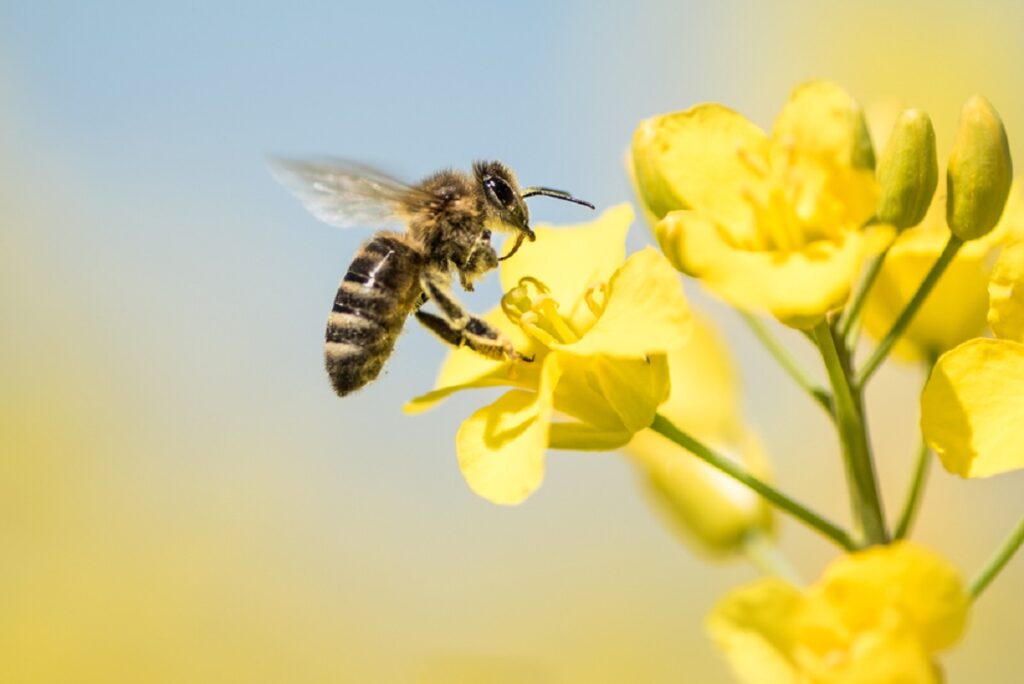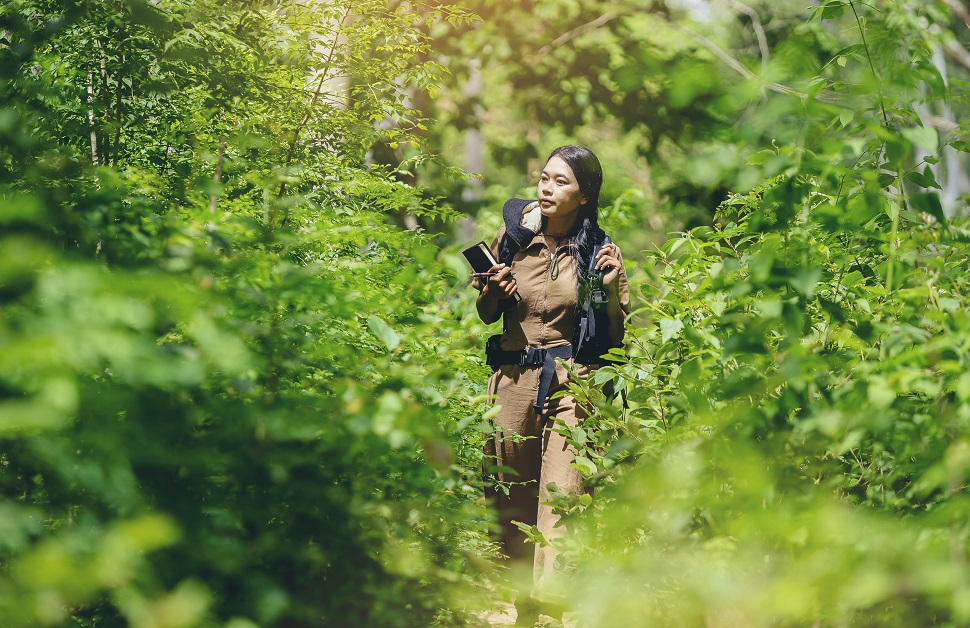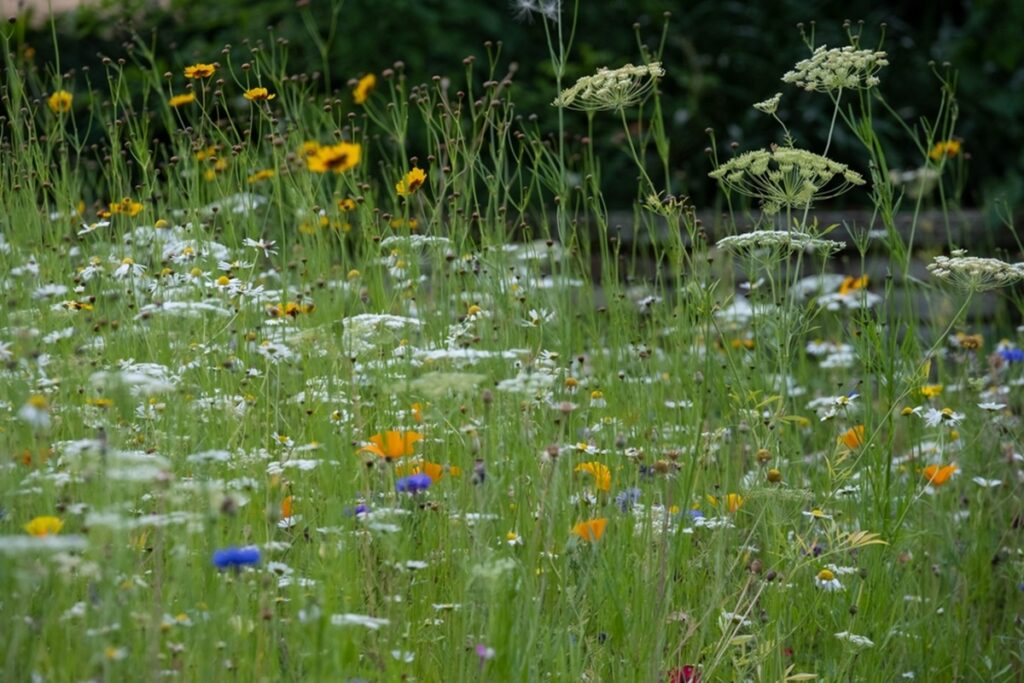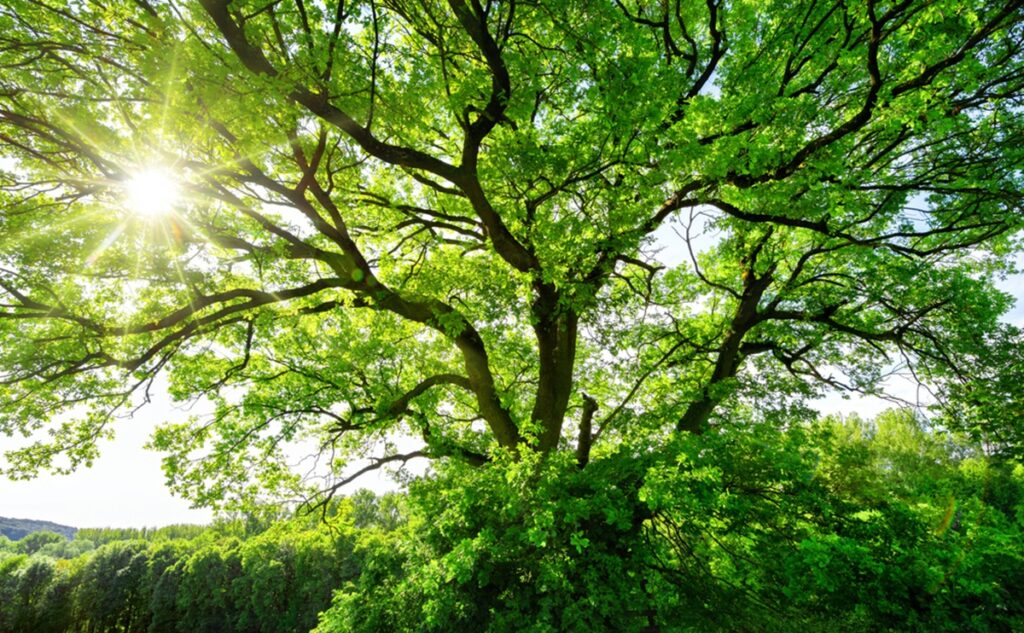The background to Biodiversity Net Gain
The introduction of biodiversity net gain bng into UK law through the Environment Act 2021 has significantly changed the way development projects in Stoke on Trent are planned and approved. The central principle is that biodiversity should be left in a measurably better state after development than before it began. For most planning applications in Stoke on Trent, biodiversity net gain is now a mandatory requirement alongside other planning policies.
This means developers must work with qualified ecological consultants to measure the biodiversity value of a site before and after development. Where a shortfall is identified, measures must be implemented to deliver at least a 10% net gain.
These gains can be achieved through on-site habitat enhancements, off-site biodiversity units, or a combination of both. All measures in the biodiversity net gain assessment must be evidenced, approved by the local planning authority, and secured for a minimum of 30 years.

Nature Recovery: Legal Compliance
Since February 2024, meeting biodiversity net gain bng requirements has been a legal obligation rather than an optional policy. Biodiversity net gain will also apply to nationally significant infrastructure projects from May 2026.
Alongside the Environment Act, biodiversity net gain is embedded in the National Planning Policy Framework and supported by Natural England guidance, Local Nature Recovery Strategies, the Environment Agency and local authorities. Developers in Stoke on Trent should integrate biodiversity net gain bng into their pre development plans as early as possible to avoid delays and costly redesigns.
Ecology Surveys and Biodiversity Net Gain for Nature Recovery
BNG is closely tied to the protection and enhancement of valuable habitats and climate change mitigation. For Stoke on Trent, Staffordshire County Council and many local authorities, this includes key green spaces, watercourses, and areas that support species of conservation concern.
Any plan for biodiversity net gain Staffordshire must be informed by accurate baseline ecological data, gathered by professional ecologists. This ensures that proposed measures are realistic and compliant so that developments contribute positively to the natural environment.
Priority Areas in Stoke on Trent
Stoke on Trent is a city with a mix of urban and semi-rural landscapes, including valuable natural resources such as the Trent and Mersey Canal, Park Hall Country Park, Westport Lake, and nearby Staffordshire countryside. These areas provide habitats for protected species such as bats, badgers, water voles, otters and great crested newts.
Local nature recovery strategy initiatives, supported by Stoke on Trent City Council, Staffordshire County Council, Staffordshire Wildlife Trust and conservation organisations, aim to improve green infrastructure, link wildlife corridors, restore degraded habitats and priority areas and combat climate change. As a result, proposals for biodiversity net gain Staffordshire are carefully reviewed by local authorities to ensure they align with local ecological priorities and deliver long-term benefits for nature and local communities.

Preparing a Biodiversity Net Gain Assessment in Stoke on Trent
Before submitting a planning application, the first step is to commission a pre development biodiversity net gain assessment from a qualified ecologist. This begins with a baseline biodiversity survey to record existing habitats, assess their condition, and calculate their ecological value using the government’s Statutory Biodiversity Metric.
Depending on the site’s characteristics, protected species surveys may also be required. Once the baseline is established, the ecologist will calculate the projected biodiversity value post development, taking into account landscaping plans, the best places for creating new habitats and proposed land management.
If the 10% net gain target is not met, enhancement measures or off site biodiversity units will be recommended to make up the shortfall. The recommendations from the biodiversity net gain assessment are then incorporated into the planning application to demonstrate compliance.

Delivering On-Site and Off-Site Biodiversity Net Gain
Where possible, biodiversity net gain bng in Stoke on Trent is delivered on-site. Creating biodiversity units could involve planting wildflower meadows, native trees, restoring wetland habitats, or incorporating wildlife-friendly design features such as green roofs or Sustainable Drainage Systems.
If delivering the full net gain on-site is not feasible, developers can purchase biodiversity units off-site from registered habitat banks. Ideally, suitable areas offering biodiversity units will be located within the county council area or the wider Staffordshire region to retain local ecological benefits. In some cases, statutory biodiversity credits may be used as a last resort.

Protected Species Surveys in Stoke on Trent
Many development sites in Stoke on Trent will require additional ecological assessments alongside the biodiversity net gain bng process. These may include surveys for bats, badgers, great crested newts, reptiles, or breeding birds.
By undertaking these surveys early, developers can ensure that their BNG plan protects wildlife habitats and complies with biodiversity net gain requirements, the local nature recovery strategy, Staffordshire Wildlife Trust guidelines and species protection laws.

The Biodiversity Net Gain Plan
A biodiversity net gain plan sets out exactly how the 10% net gain target will be achieved. It includes details of habitat creation, nature restoration, management and monitoring schedules, and evidence that the improvements will be maintained for at least 30 years by land managers. In Stoke on Trent, BNG plans must also align with the Local Nature Recovery Strategy and any other local conservation policies.
Mitigation Hierarchy
Following the BNG mitigation hierarchy is essential: this stipulates that sites must avoid environmental damage, minimise it or compensate for any unavoidable impacts of development. Plans for restoring nature must clearly show local authorities how habitats will be protected and enhanced throughout the life of the development.
Professional Support for Net Gain Staffordshire
Our ecology consultancy can provide the latest ecological data for biodiversity net gain bng assessments in Stoke on Trent, biodiversity net gain Staffordshire, the west midlands and across the UK. We handle every stage of the process, from preliminary ecological appraisals to BNG site surveys, Biodiversity Metric calculations, securing bng units and long-term land management plans to ensure new developments contribute positively to the environment.
We work with developers, architects, and planning consultants on major developments, smaller sites and new developments to ensure that biodiversity net gain bng is built into project design in line with the Local Nature Recovery Strategy, to create the best outcomes and help avoid delays and ensure compliance. Our clients include landscape architects, large developers, small scale developers and private householders.
Where off-site delivery is required, we can guide clients through the process of sourcing biodiversity units, arranging legal conservation covenants, and ensuring that all documentation meets Stoke on Trent City Council’s planning requirements.
Request a Free Quote for BNG Plans in Stoke on Trent
If your planning application in Stoke on Trent requires a biodiversity net gain assessment, we can provide a free, no-obligation quote tailored to your site and project needs. From small residential schemes to large infrastructure developments, our experienced ecologists deliver clear, compliant BNG plans that satisfy local authorities planning conditions and support smooth approvals.
To take the next steps by arranging a site visit and starting your BNG plan, contact us today. By ensuring compliance with the Environment Act 2021 and enabling local nature recovery on your development site, you can give your plans their best chance of achieving planning permission.